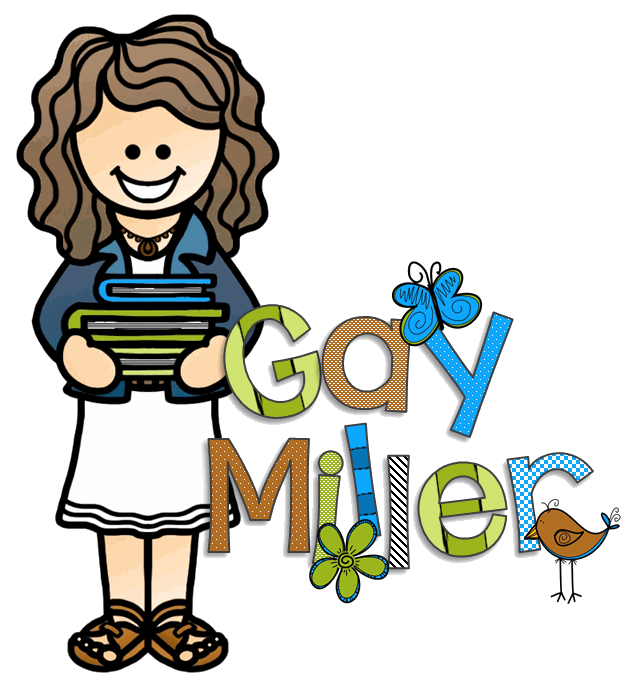
Raise your hand if your students love a good mystery. ✋
Now imagine turning that curiosity into writing practice with secret messages, spy-level decoding, and real historical connections.
Cipher codes are a powerful way to get reluctant writers engaged. Whether you’re teaching vocabulary, logic, or just want to add a little spark to your literacy block, these four classic ciphers will have students cracking codes and asking for more.
And yes, there’s a free printable handout packed with puzzles, historical articles, and decoding guides.
Try the Interactive Cipher Challenge
Before we dive into the codes, don’t miss the interactive JavaScript escape room I built to go with this post. Students solve 20 questions—five for each cipher—and unlock four digital doors as they progress.
👉 Launch the Cipher Code Challenge »
Cipher Code #1 – Caesar Cipher
Used by Julius Caesar to send military messages, this cipher shifts letters of the alphabet by a fixed number. A shift of 3 turns “HELLO” into “KHOOR.” Change the direction or the number, and you’ve got a whole new code. This keeps the enemy from easily deciphering the message.


The handout includes:
- a short article on Caesar’s use of the cipher
- practice passages for students to decode
- a decoder wheel for hands-on fun
Cipher Code #2 – Morse Code
Invented by Samuel Morse and Alfred Vail, Morse Code uses dots and dashes to represent letters. It’s more than just a telegraph relic—it’s a gateway to real-world history.


Included in the handout:
- a short biography of Samuel Morse
- articles on Morse Code in action:
- The RMS Titanic distress signal
- The Battle of Midway (WWII)
- Apollo 11 and the Moon Landing
- practice messages for students to tap out and decode
Cipher Code #3 – Vigenère Cipher
The Vigenère Cipher was invented by Giovan Battista Bellaso in 1553. It uses a table consisting of 26 alphabetized letters across and 27 letters down. To use this code, you must first know the keyword to shift letters in a more complex pattern. During the Civil War, phrases like “Manchester Bluff” and “Come Retribution” were used to encrypt messages.
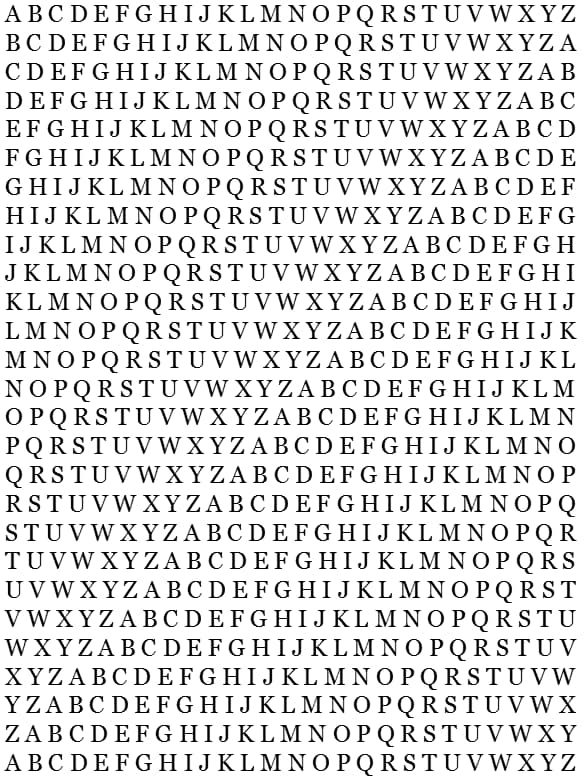
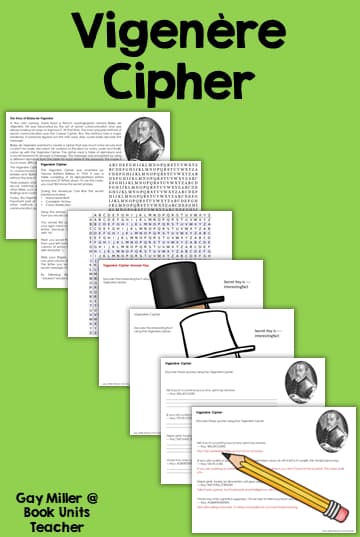
Students will:
- learn how to use the Vigenère table
- practice encoding and decoding with real keywords
- read about how this cipher shaped wartime communication
Cipher Code #4 – Rosicrucian Cipher
The Rosicrucian (also known as the Pigpen Cipher) was first published in 1531 by both the Rosicrucian brotherhood and the Freemasons.
The cipher uses a geometric simple substitution. First, draw two grids (tic tac toe style) and two Xs. Write each letter of the alphabet in the blank spaces as shown. Add dots to the second grid and X to distinguish the two.
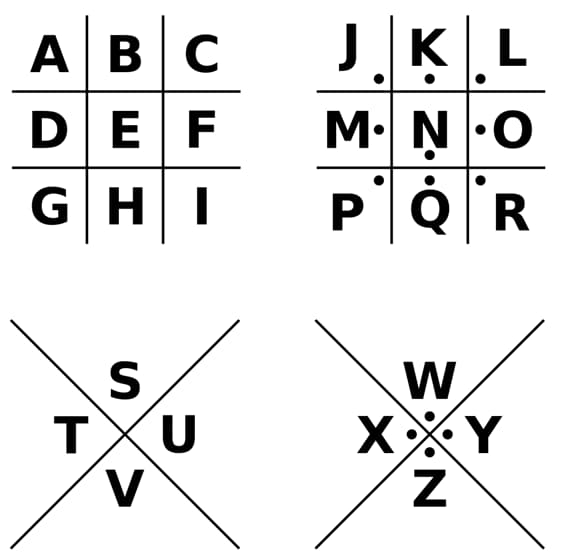
To use the code, swap out the shape the letter sits in for the letter. The chart below shows the shapes of the letters.
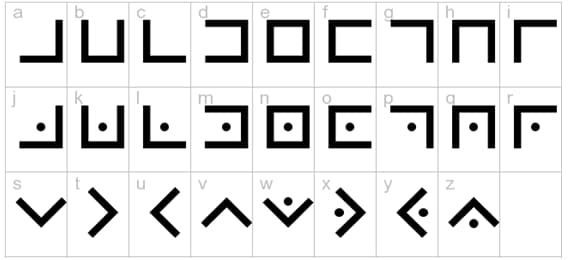
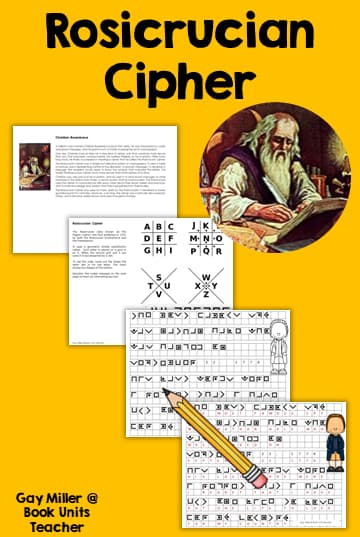
In the handout:
- a printable cipher grid
- a brief history of the Rosicrucian code
- a secret message to decode using shapes and dots
Cipher Codes – Online Decoder and Encoder Tools
Want to explore further? These online tools are great for classroom demos or student exploration:
- dcode.fr – Caesar, Vigenère, Rosicrucian
- cryptii.com – Caesar & Vigenère
- Boxentriq – Cipher Tools
- Morse Decoder
- YouTube – Learn Morse Code in One Hour
Don’t Miss the Handout
This printable is more than just puzzles; it’s a full mini-unit with historical context, decoding practice, and classroom-ready activities.
I hope your students have as much fun solving these as I did creating them. Whether you’re teaching writing, history, or just want to sneak in some logic and vocabulary, cipher codes are a brilliant way to make learning feel like an adventure.
Let me know how it goes!
